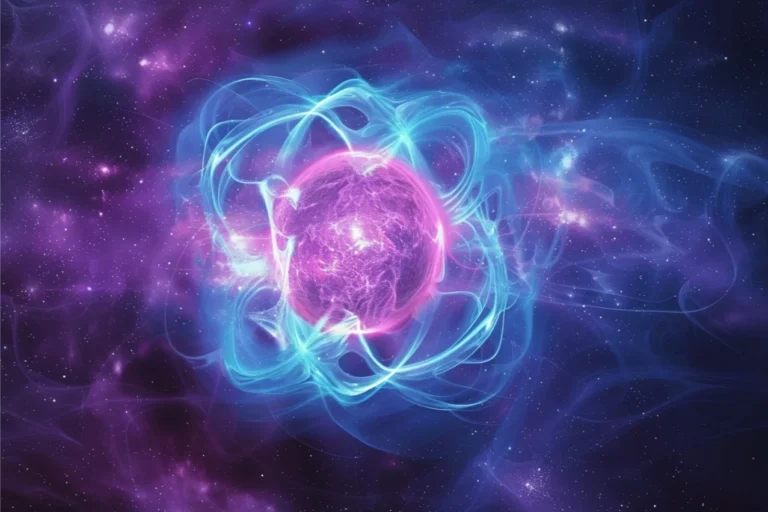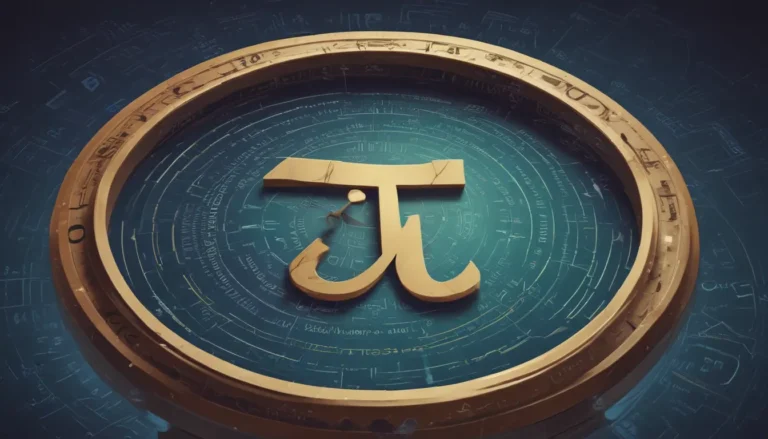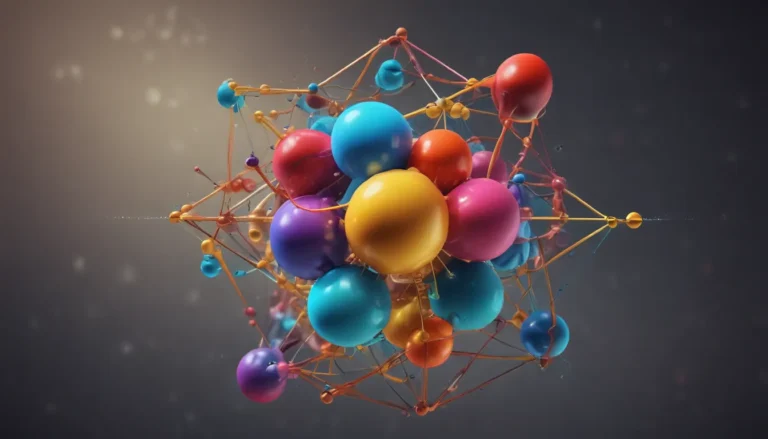A Note About Images: The images used in our articles are for illustration purposes only and may not exactly match the content. They are meant to engage readers, but the text should be relied upon for accurate information.
In the vast realm of chemistry, the concept of reaction order stands as a cornerstone that illuminates the fascinating dynamics of chemical transformations. From shaping the rate of reactions to unraveling the intricate mechanisms behind them, understanding reaction order is essential for scientists and enthusiasts alike. Join us on a journey as we delve into 11 captivating facts about reaction order, shedding light on its significance and complexity.
Delving into the World of Reaction Order
Reaction order, a fundamental concept in chemistry, plays a pivotal role in determining how the concentration of reactants influences the rate of a chemical reaction. This knowledge is not only crucial for predicting and controlling reaction rates but also holds immense implications in various fields, including pharmacology, environmental science, and material synthesis. Let’s embark on a quest to uncover the mysteries and wonders of reaction order through these fascinating facts.
Fact 1: The Mathematical Expression of Rate Laws
Reaction order defines the mathematical relationship between reactant concentrations and the rate at which a reaction progresses. Represented by the exponents in rate law equations, it provides crucial insights into the dynamics of chemical reactions. For instance, a reaction with a rate law of rate = k[A]^2[B] exhibits a reaction order of 2 with respect to A and 1 with respect to B.
Fact 2: Zero, Positive, or Negative Orders
Reaction order can manifest as zero, positive, or negative, depending on how reactant concentration influences the reaction rate. A zero order implies independence of rate on reactant concentration, while a positive order indicates an increase in rate with higher concentrations. Conversely, a negative order signifies a decrease in rate as reactant concentration rises.
Fact 3: Shape of Rate vs. Concentration Graph
The reaction order dictates the shape of the plot depicting the relationship between reaction rate and reactant concentration. A zero-order reaction yields a horizontal line, indicating a constant rate. In contrast, a first-order reaction displays a linear correlation, while a second-order reaction results in a curved graph.
Fact 4: Experimental Determination of Reaction Order
Experimental methods such as the method of initial rates or integrated rate equations can be employed to determine reaction order. By varying initial reactant concentrations and measuring reaction rates, scientists can deduce the order of a reaction.
Fact 5: Influence on Reaction Half-life
Reaction order influences the time required for a reaction to reach half of its initial concentration. While the half-life remains constant in a zero-order reaction, it varies with initial reactant concentration in first-order and second-order reactions.
Fact 6: Relation to Reaction Mechanism
The reaction order is intricately linked to the mechanism by which a reaction proceeds. The rate-determining step often corresponds to the reaction order of the overall reaction, providing valuable insights into the underlying steps and intermediates involved in the process.
Fact 7: Impact on Reaction Rate and Efficiency
The reaction order directly impacts the rate at which a reaction proceeds, offering scientists a means to manipulate reaction rates by adjusting reactant concentration ratios. This knowledge allows for the optimization of reaction conditions to enhance efficiency and productivity.
Fact 8: Variation with Temperature
Temperature plays a crucial role in influencing reaction order, with changes in temperature altering the order of a reaction. Such temperature-dependent behavior is particularly evident in complex reactions involving multiple steps.
Fact 9: Independence from Stoichiometry
Reaction order remains constant regardless of the stoichiometry of a reaction and is solely determined by the rate law equation. Even if reactant coefficients change in a balanced chemical equation, the reaction order remains unchanged.
Fact 10: Predictive Power in Reaction Kinetics
By understanding reaction order, scientists can make informed predictions about reaction rates and progression, enabling advancements in industrial production, drug synthesis, and environmental studies. This knowledge empowers researchers to effectively control and optimize chemical reactions.
Fact 11: Essential for Rate Equation Determination
Reaction order plays a pivotal role in deducing the rate equation of a reaction, allowing scientists to formulate accurate equations describing the relationship between reactant concentrations and reaction rates. By combining experimental data with insights from reaction order, researchers can uncover the underlying mechanisms driving chemical reactions.
As we unravel these fascinating facts about reaction order, we gain a deeper appreciation for the underlying principles that govern chemical kinetics. This knowledge not only enhances our understanding of reaction dynamics but also propels scientific advancements in various fields. By harnessing the power of reaction order, we can pave the way for innovative solutions to real-world challenges.
Conclusion: Unveiling the Marvels of Reaction Order
In conclusion, reaction order serves as a cornerstone in the realm of chemistry, offering valuable insights into the intricate relationship between reactant concentrations and reaction rates. From experimental determination to temperature dependencies, reaction order shapes our understanding of chemical reactions and facilitates the design of efficient processes. By exploring the nuances of reaction order, we lay the groundwork for further explorations in reaction kinetics and biochemical reactions, empowering scientists to unlock the mysteries of chemical transformations.
FAQs
- What is reaction order?
-
Reaction order measures how the rate of a chemical reaction changes with variations in reactant concentrations.
-
How is reaction order determined?
-
Reaction order is typically determined experimentally by analyzing the initial rates of a reaction at different reactant concentrations.
-
Is reaction order related to stoichiometric coefficients?
-
No, reaction order is independent of stoichiometric coefficients and is determined solely through experimental observations.
-
Can a reaction exhibit zero order?
-
Yes, a reaction can demonstrate zero order if its rate remains unaffected by changes in reactant concentrations.
-
What is the role of rate constant in reaction order?
-
The rate constant represents the proportional constant between reactant concentrations and reaction rate, specific to a particular reaction at a given temperature.
-
How does temperature influence reaction order?
-
Temperature significantly impacts reaction order, with changes in temperature altering the overall order of a reaction and revealing temperature-dependent mechanisms.
-
How is reaction order beneficial in real-world applications?
- Reaction order plays a vital role in various fields, including chemical engineering, pharmacology, and environmental sciences, by optimizing processes, understanding complex kinetics, and designing efficient reactions.
Through this exploration of reaction order’s fascinating facts, we embark on a journey to unravel the intricate world of chemical kinetics. By embracing the complexities and wonders of reaction order, we equip ourselves with the knowledge and insights needed to advance scientific understanding and drive innovation in chemistry.






